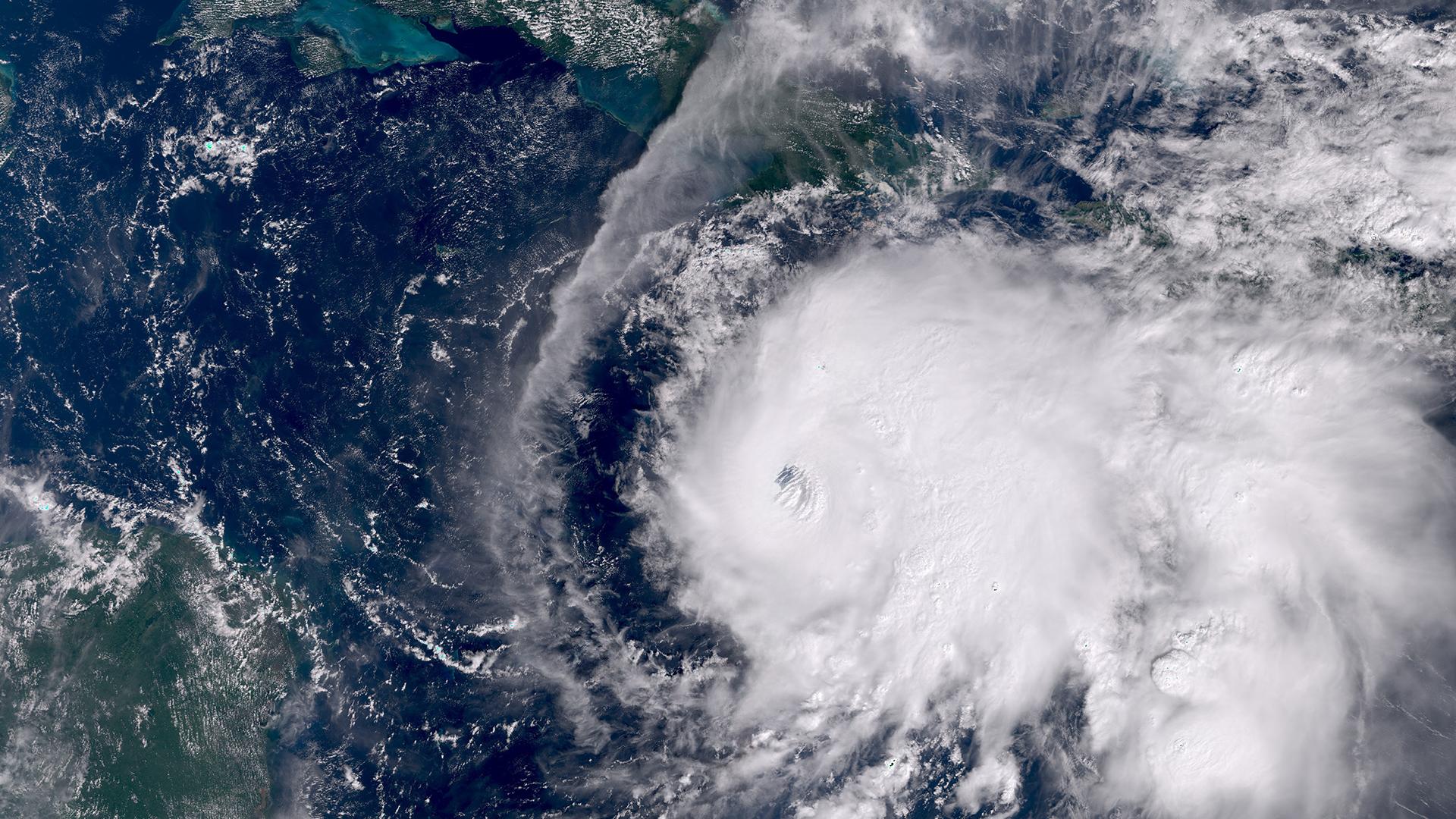Jamaica is facing one of the most dangerous storms in its recorded history as Hurricane Melissa pushes toward the island with catastrophic force. The Category 5 hurricane strengthened Tuesday while moving slowly toward Jamaica, bringing sustained winds of 185 mph and a track that will take the storm diagonally across the island before it heads toward Cuba.
Government leaders, global relief organizations, and residents spent the day rushing through final preparations while knowing that even the strongest precautions will be tested.
Prime Minister Andrew Holness warned that Melissa represents a level of power that no local infrastructure is built to withstand. He acknowledged that the real challenge will begin once the storm passes and recovery efforts begin.
A National Emergency Before Landfall
Kingston’s streets were nearly deserted except for stray animals and a few people moving quickly under bending trees. The government has deployed emergency teams and issued repeated warnings for residents to stay indoors and head to shelters if they live in high risk communities.
The U.S. National Hurricane Center called it the last opportunity for people to protect their lives before hurricane conditions take hold. Melissa is already ranked among the top five strongest storms ever recorded in the Atlantic basin by minimum pressure and is the most intense storm to make landfall since Hurricane Dorian in 2019.
Officials expect widespread power loss, significant flash flooding, and landslides, especially near mountains and river valleys. Early reports confirmed fallen trees and outages even before the worst bands reached the shore.
Forecasters believe the center of Melissa will enter near St. Elizabeth parish and exit through St. Ann parish. The most violent winds and storm surge are expected on the southern coast, where a surge up to 13 feet could reach hospitals and communities closest to the shoreline.
Health Minister Christopher Tufton said medical teams moved patients to higher floors as an urgent precaution.
Lives Already Lost Across the Region
Melissa has already caused at least seven deaths in the Caribbean. Three were reported in Jamaica, three in Haiti, and one in the Dominican Republic. One additional person is missing.
More than 240,000 homes and businesses in Jamaica lost power ahead of landfall and a quarter of the telecommunications network was down, according to Transport and Energy Minister Darryl Vaz. He said airports will be inspected as soon as conditions allow in hopes of receiving international relief flights by Thursday.
“We will get through this. God bless Jamaica,” Vaz said.
Relief organizations including U.N. agencies and charities have positioned supplies across the region to distribute immediately after the storm. Water and Environment Minister Matthew Samuda warned residents to secure safe water while they still can, noting that distribution systems will be strained.
“Every drop will count,” he said.
Fear and Uncertainty Among Residents
Many families are sheltering in place, said Colin Bogle, a Mercy Corps adviser near Kingston. He noted that most Jamaicans have never experienced a hurricane of this magnitude.
“There is profound fear of losing homes and livelihoods, of injury, and of displacement,” he said.
Necephor Mghendi of the International Red Cross said at least 1.5 million people are in Melissa’s direct path, but the entire country may feel the impacts in different ways.
Cuba and the Bahamas in the Crosshairs Next
Melissa is expected to reach eastern Cuba late Tuesday. Warnings have been issued for five provinces including Santiago de Cuba and Guantánamo where officials are evacuating more than 600,000 residents. Forecasts indicate up to 20 inches of rain and a dangerous coastal surge.
Tropical storm conditions remain possible in Haiti where Melissa has already triggered severe flooding. Forecasters expect the storm to turn northeast and reach the southeast Bahamas by Wednesday evening.

